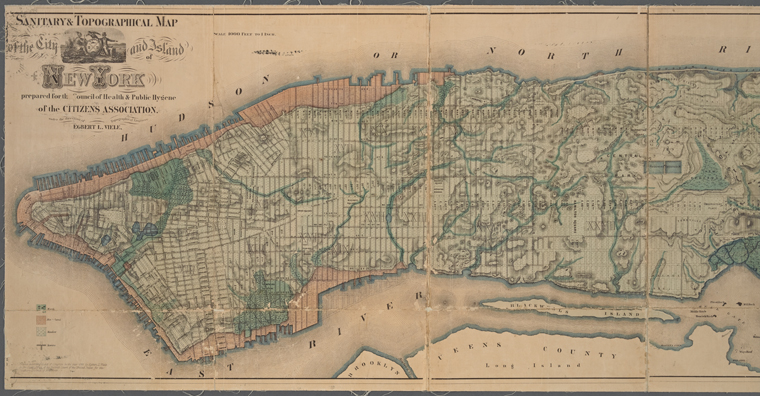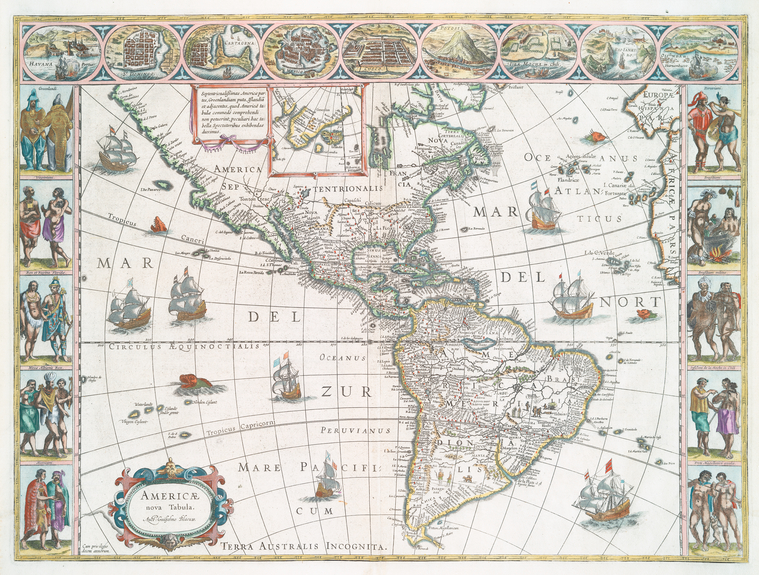
Two ideas: Marshal McLuhan’s idea of mediums as extensions of ourselves, as technical designs “amplify or accelerate existing processes” so the pace and scale magnifies, i.e. railroads and cars enlarging the human function of movement. Essentially, our central nervous system has manifested itself with electric technology, and yet it lays itself bare to overt mechanization. This notion couples well with Walter Benjamin’s idea that the product of mechanization lacks the presence of space & time, therefore, authenticity. The mechanical reproduction of a work of art is depreciated, just as a landscape cannot transfer its unique aura to a picture. These two ideas are subtly entangled within the contention between bound books & e-books.
Convenience is the glory of our current era, and e-books are a product of this value; after all, a whole library is accessible from one gadget with web features, PDF downloads, and a light weight design. Many college students rejoice as they no longer have to lug around hefty textbooks with lofty prices, sparing their backs and bank accounts. Moreover, e-comfort rubs our technophilic itch, efficiently slicing away analog drudgery. So why would a respected professor of journalism have e-books banned from her classes? Quite simply, because printed books are a “better interface” for seminar discussions; everyone works off the same page, otherwise students fiddle away class time with battery issues, interface hiccups, and searching relevant quotes. Also, using the same textbook contributes to overall class cohesion as discussions can concentrate naturally without e-distractions, bolstering the dialectical process of face-to-face interaction, which is a prime value of traditional education. It’s also reassuring to know the classes’ undivided attention is shared, whereas electronics allows one to wander. The ability to e-wander breaches the unwritten rule of classroom etiquette, that is, being present without escape. This exemplifies the difference between mediums: books are based on communication between minds, and e-readers are based on efficiency and amusement.
Another example of e-distraction comes from a recent study of middle school students. It revealed that those who read e-books retain less compared to students reading the same content in print. The e-reading students were unable to retell what they read. Researchers believe the “flashy gimmicks, fun interactive designs and ability to wander from the text distract readers from the task of actually, well… reading.” The message is filtered through the medium, a bound book is an object whose sole purpose is to be read. An opinion piece from Publishers Weekly echos this e-deficiency as the snarling author quickly connects technophilia with the degeneration of our minds, as we can no longer read (let alone write) War & Peace type literature because of our chronic scatterbrains induced by e-readings (blogs, tweets, emails, text messaging etc.). He believes we are straying from the supple & subtle mind that gave us the Renaissance, the Enlightenment, and Modernism, “because our brains can no longer think beyond a tweet,” nor read beyond one as well.
Moreover, there are issues of freedom involved as well. Richard Stallman, a software engineer and founder of the GNU project believes e-books are a “step backwards” from printed books. Every advancement in technology furthers corporate infringement upon our freedoms, specifically privacy and ownership. For example:
– anonymity is impossible as user identification is required.
– instead of ownership, identified users sign a contractual agreement for restrictive licensed access.
– the format on e-book devices is proprietary, therefore restricted to specific software
– you can’t borrow books as traditional lending is not allowed without a gauntlet of red tape
– your e-book can be deleted without notice
Stallman simply believes companies should respect the freedoms of individual citizens, which of course is possible, and he posits solutions: offer authors direct payment from e-book users, and/or distribute funds based on author’s popularity. But we needn’t forgo rights that were vehemently fought for in the name of commercial convenience and e-amusements. After all, quantitative forces are behind e-readers, as profit and general statistics of readership are its root value, but this is strictly a mercantile approach that hardly considers qualitative factors that are the source of humanity’s greatness; a certain ineffability that is intrinsic to the qualities of being alive. These values are being brushed aside, along with privacy and ownership, for e-novelties.
Progress in science and tech inherently has the new superseding and replacing the old. Whereas the excellence achieved in the arts does not die with time, but continues breathing and enriching future generations.
Perhaps this face-off between e-readers and books is merely a consequence of the notion of progress, which is inseparable from science and technology, but is inappropriately applied to the arts. Progress in science and tech inherently has the new superseding and replacing the old. Whereas the excellence achieved in the arts does not die with time, but continues breathing and enriching future generations. A great work of art may inspire others to supersede it, but it’s impossible to replace it; for every influential work of art there is a barrel of books that critique, copy, satirize, adapts and reinterprets the work, most of which falls into the shadows of obscurity.
For literature specifically, the bound book is the best home for the life of ideas. Ideas that are revealed and preserved in words. Think of the Gutenberg bible on display at the NYPL main branch, you will never see an e-book displayed in such a way, even if it’s an exact replica of an incunabulum. The uniqueness of this specific book is inseparable from its material, thus its aura is irreproducible. The physical object is part of the artistry, authenticity and experience, something which e-readers are not capable of nor made for. Yet they are made for harnessing the prolific data stream, and e-everything is ushering us into our profane future without the aura of our traditional past, as it’s too slow, esoteric, and mythopoetic to serve the current mercantile/quantitative/vaudevillian value systems. However, every raging river has its side streams and quiet creeks, and this is where the literati will continue to thrive. And yet, there is a bigger question lurking about: to what degree are we willing to mediate being alive through a screen?


